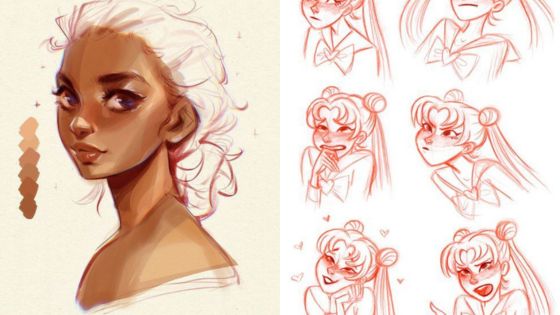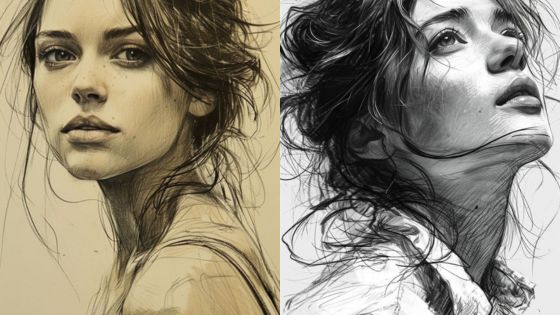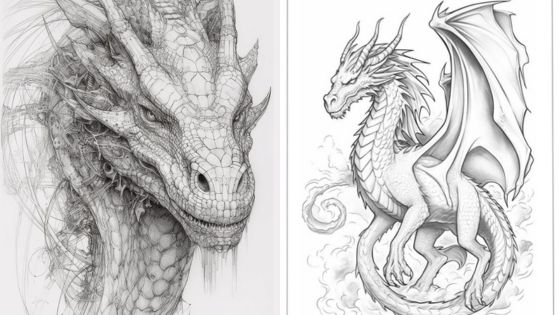

Celebrating diversity in body types and shapes is essential for artists looking to represent the world around them authentically. By embracing a variety of forms, artists can enhance their skills and promote body positivity in their work. Drawing different body types not only improves one’s technique but also encourages a more inclusive view of beauty in art.
Artists often face challenges when depicting diverse bodies, yet employing specific techniques can help overcome these obstacles. Understanding the unique characteristics of various body types allows them to express individuality and create a more relatable connection with their audience. This journey of creative exploration fosters a deeper appreciation for the richness of the human experience.
Key Takeaways
- Diverse body types enhance artistic skills and representation.
- Techniques for drawing different shapes encourage individuality.
- Promoting body positivity fosters inclusivity in art.
Understanding Body Types

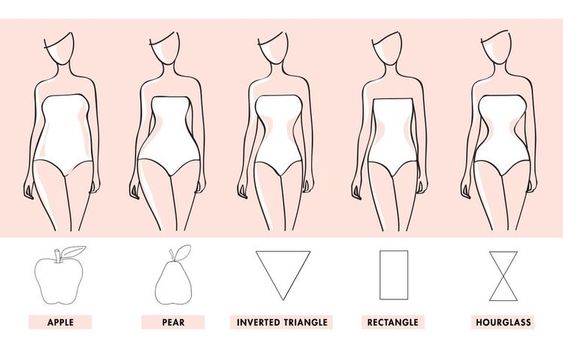
Recognizing the variety of body types is essential for artists who wish to portray the richness of human diversity. By examining specific body shapes, breaking down stereotypes, and understanding muscle proportions, one can create more realistic and relatable art.
The Spectrum of Body Diversity
Body types vary significantly among individuals. They can be categorized into a few primary shapes, such as hourglass, pear, apple, rectangle, and inverted triangle. Each type has unique characteristics that make it distinct.
- Hourglass: Defined by a well-balanced bust and hips with a narrow waist.
- Pear: Features wider hips and a smaller upper body.
- Apple: Characterized by a broader upper body with narrower hips.
- Rectangle: Presents balanced measurements across the bust, waist, and hips.
- Inverted Triangle: Typically has broader shoulders with narrower hips.
Artists should embrace this spectrum to depict a more inclusive representation of beauty.
Breaking Down Stereotypes in Art
Stereotypes can limit an artist’s creativity and expression. Many artworks often reflect narrow standards of beauty, typically favoring specific body types. This tendency can influence people’s perception of their own bodies and the bodies of others.
To combat this, artists should focus on portraying diversity. This can include:
- Emphasizing Different Sizes: Showcasing individuals of varying weights helps convey that all bodies deserve representation.
- Mixing Styles: Combining various artistic styles can celebrate body diversity effectively.
- Cultural Nuances: Incorporating different cultural backgrounds and styles further enhances representation in art.
By challenging stereotypes, artists contribute to a richer, more inclusive visual culture.
Anatomy 101: Muscles and Proportions
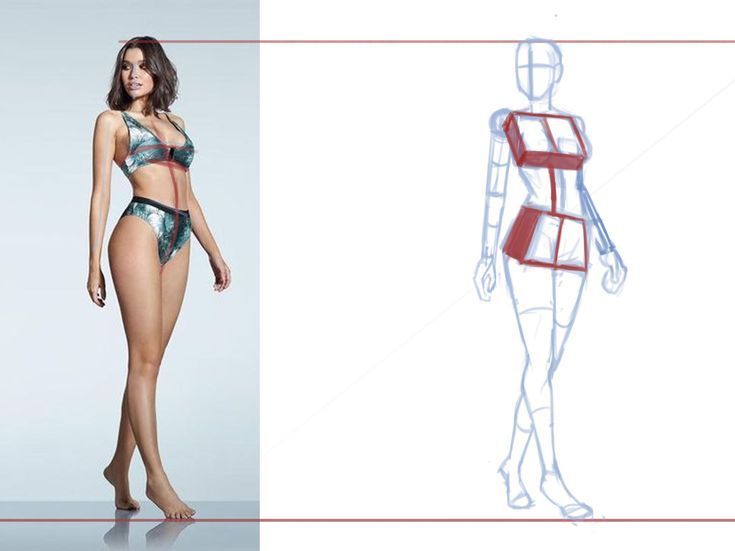
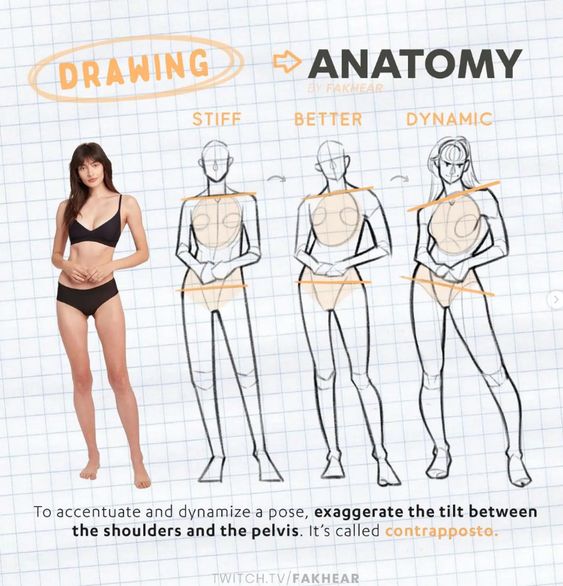
Understanding human anatomy is crucial for realistic depictions of body types. Key aspects to consider include muscle structure and body proportions.
Muscle groups vary in size and shape based on body type. Knowledge of these can aid in creating accurate representations. Important muscle groups include:
- Shoulders: How they widen or narrow affects the silhouette.
- Arms and Legs: Proportions and muscularity can indicate a character’s physical activity level.
- Core Muscles: Affects posture and overall stability.
Proportions are often discussed using the “eight heads” rule, where the average adult body height can be divided into eight equal parts. However, this can vary by body type, allowing artists to create unique, individualized characters. Understanding these principles enhances not just realism in art, but also the celebration of body diversity.
The Artist’s Toolkit
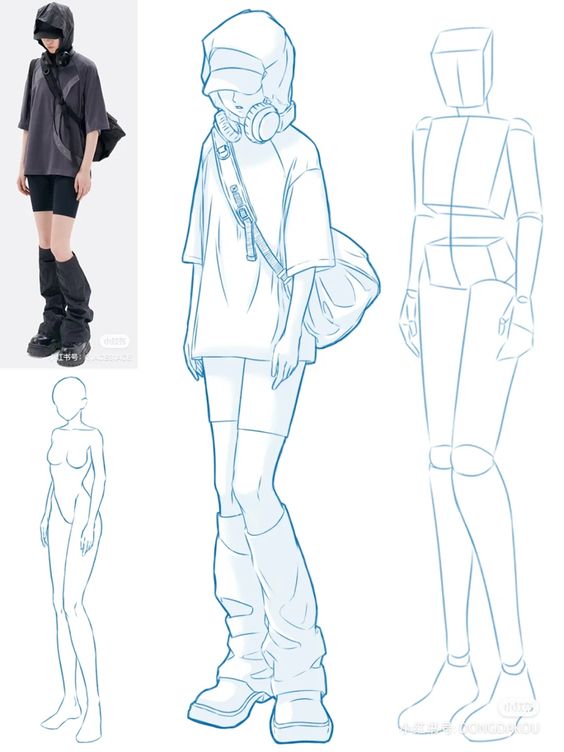
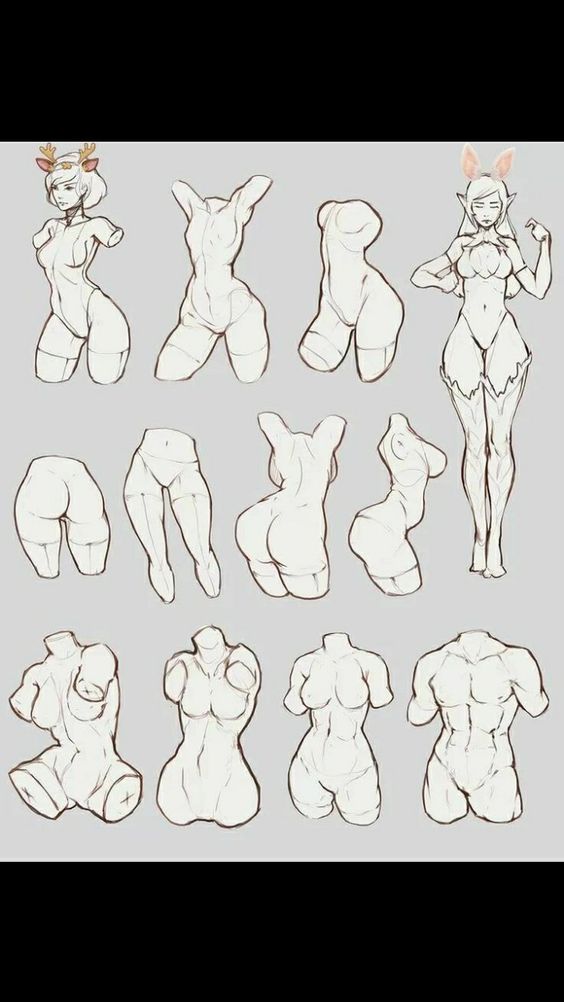
An artist’s toolkit is essential for effectively capturing the diverse range of body types and shapes. From selecting the right drawing tools to utilizing resources for reference, a well-equipped artist can enhance their practice and create more accurate representations of the human form.
Selecting the Right Tools for Drawing
Choosing the appropriate drawing tools can significantly impact an artist’s work. Pencils, charcoal, and ink each offer unique qualities that can be used effectively for different styles.
- Pencils: Ideal for detailed work and shading, they come in various hardness levels.
- Charcoal: Perfect for expressive and bold lines, allowing for easy blending.
- Ink: Provides crisp and clean outlines, often used in final drafts.
In addition to traditional tools, artists should consider sketchbooks with various paper types to enhance their practice. Textured paper can add depth to pencil work, while smooth paper is excellent for ink applications.
Utilizing Reference Photos Effectively
Reference photos are invaluable resources for artists aiming to depict diverse body shapes accurately. When selecting images, it’s essential to look for diverse models that showcase a variety of poses and proportions.
- Capture Diversity: Seek photos that represent different body types, including plus-size, athletic, or elderly figures.
- Focus on Details: Pay attention to the nuances of body structure, movement, and how light interacts with form.
Using tools like photo editing software can help artists analyze shapes and anatomical details. Additionally, maintaining a digital library of reference photos enables quick access when preparing drawings.
Embracing Digital Resources and Communities
Digital resources can greatly enrich an artist’s toolkit. Websites and platforms dedicated to art education offer tutorials, videos, and forums that focus on drawing diverse body types.
- Online Tutorials: Many platforms host courses specifically about anatomy and diverse representations.
- Community Engagement: Joining online communities allows artists to share their work, receive feedback, and access a wealth of resources.
Social media is another great way for artists to connect, where they can follow diverse artists and learn new techniques. Engaging with these communities fosters growth and inspiration, crucial for any artist’s practice.
Techniques for Capturing Diversity
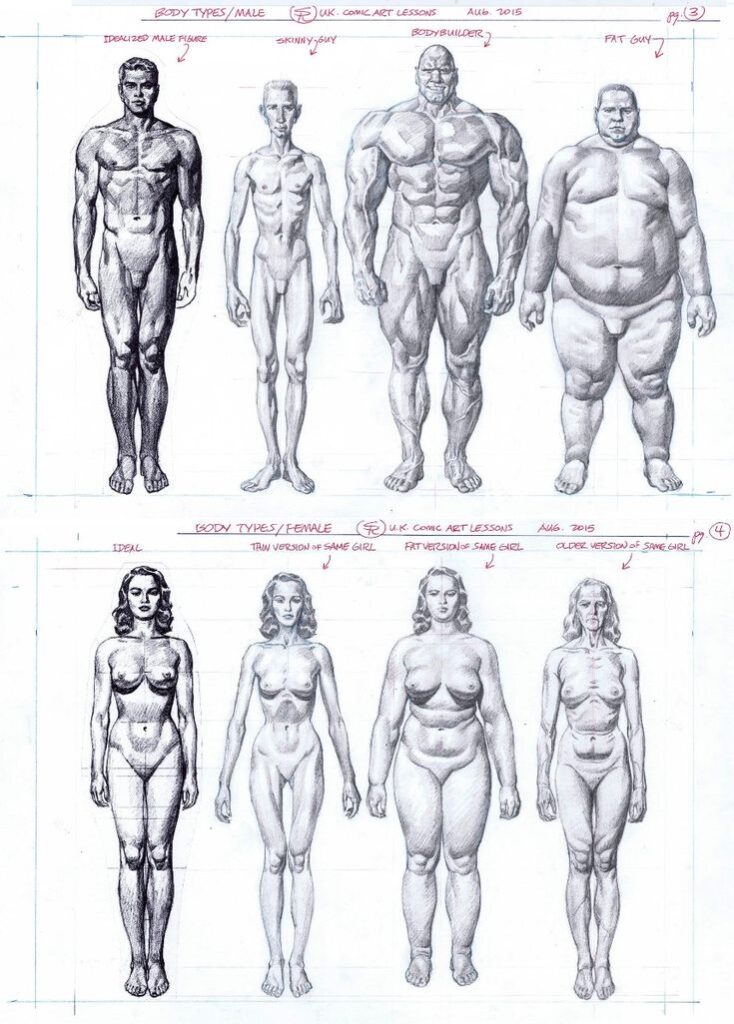
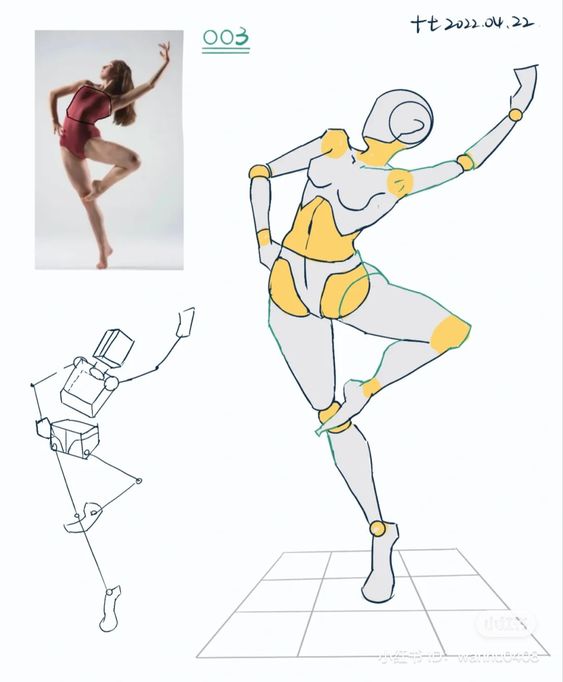
Capturing the diversity of body types and shapes requires specific techniques that enhance the dynamism and realism of figures. The following techniques focus on gesture drawing, perspective, and the line of action to effectively portray diverse figures.
Gesture Drawing for Dynamic Poses
Gesture drawing is vital for sketching quick, fluid representations of movement. This technique emphasizes the overall motion and structure of the body rather than focusing on intricate details.
Artists begin by loosening their strokes and using shorter time frames, usually between 30 seconds to 2 minutes. This practice helps capture the essence of poses.
Focusing on the big shapes and curves allows artists to show diversity in body types, making their figures more dynamic. Incorporating various poses enhances the expressiveness of characters, showcasing different body types in action.
Mastering Perspective and Foreshortening
Understanding perspective and foreshortening is essential when drawing diverse figures. Perspective helps create a sense of depth, allowing artists to present figures in a three-dimensional space.
Foreshortening refers to the visual phenomenon where parts of the body appear shorter when viewed at an angle. To apply this, an artist should consider the viewpoint carefully.
For instance, drawing a leg extending towards the viewer will make it appear longer while the body parts further away appear smaller. Mastering this technique adds realism and enhances the overall dynamic nature of the figure, catering to various body types.
Exploring the Line of Action in Figures
The line of action is a fundamental concept in figure drawing that guides the flow and movement of a pose. It is an imaginary line that conveys the energy and direction of the figure’s motion.
Artists can establish the line of action first when sketching. This approach helps maintain proportion and ensures that the body’s shapes align naturally.
By implementing this line, artists can draw a wide range of body types while keeping the gesture accurate. It encourages fluidity and variety in poses, effectively celebrating the diversity of shapes and sizes. This technique is essential for creating engaging and dynamic illustrations.
Expressing Individuality Through Art
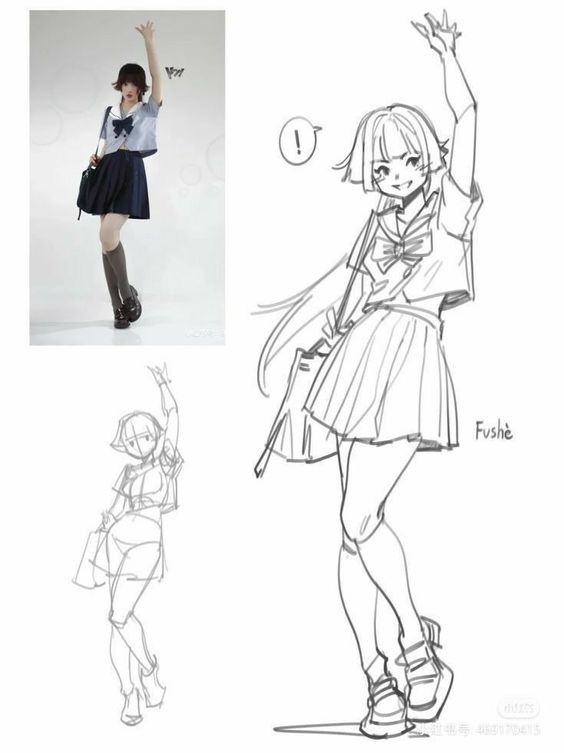
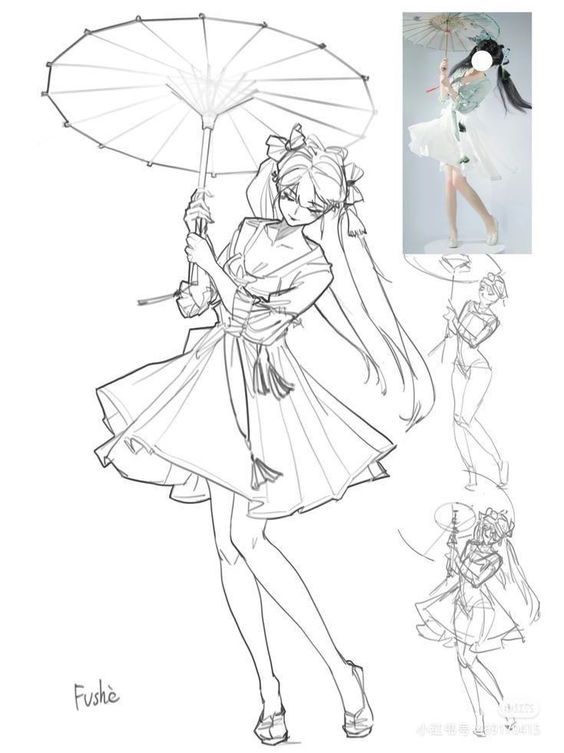
Art serves as a vital medium for individuals to express their unique identities. Through character design, representation of diverse features, and thoughtful silhouettes, artists can showcase the rich tapestry of human experience.
Character Design and Representation
Character design plays a crucial role in expressing individuality. Artists often draw inspiration from various backgrounds, ensuring that different body types are represented. By incorporating features such as height, weight, and proportions, they portray authenticity and relatability.
Representation goes deeper than mere appearances. It emphasizes the diverse stories behind each character. Artists can highlight cultural backgrounds, personal experiences, and challenges faced by individuals. This approach fosters inclusion and allows viewers to connect with characters on a personal level.
Illustrating Diverse Hair, Outfits, and Accessories
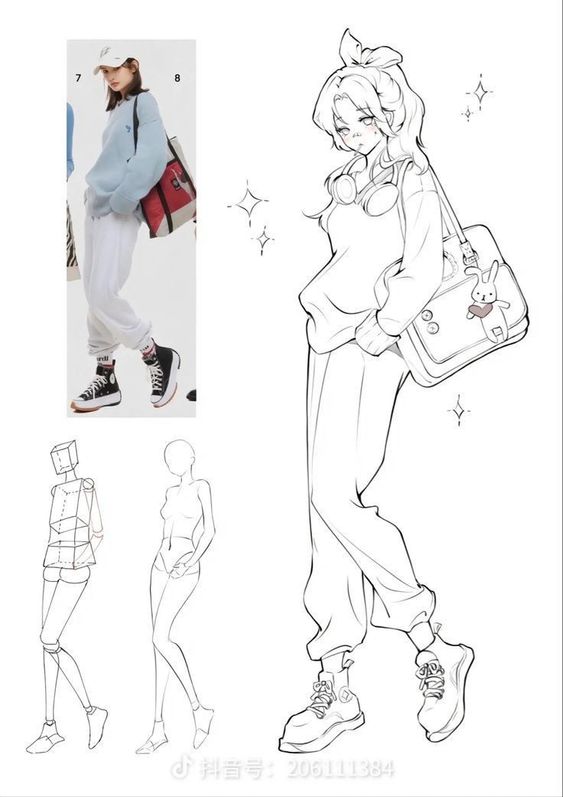
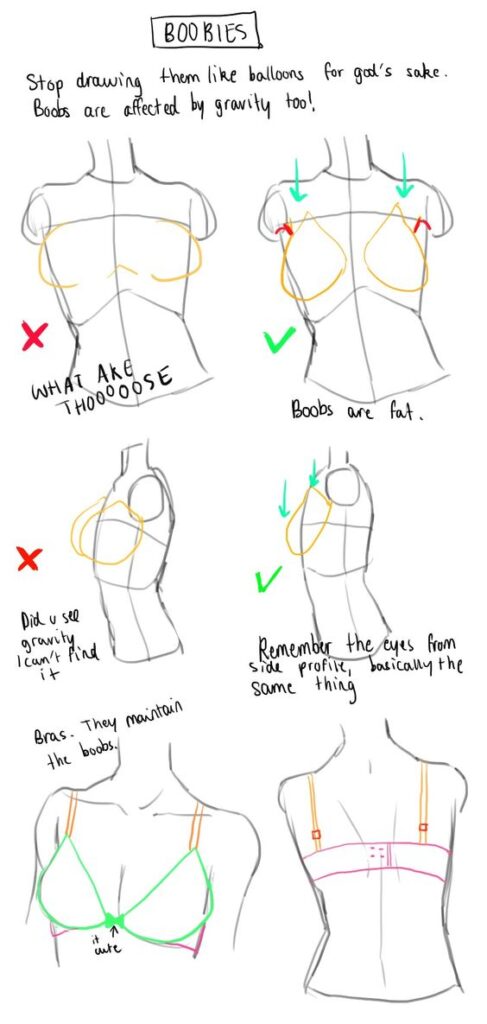
Hair, outfits, and accessories are essential components of individuality. In art, unique hairstyles can speak volumes about a character’s personality and cultural identity. Whether it’s intricate braids, natural curls, or vibrant colors, hair diversity leads to richer storytelling.
Outfits also reflect a character’s style and background. Artists use clothing to convey cultural significance, social status, or personal taste. Accessories, from jewelry to shoes, further enhance this representation. Each choice adds depth and helps viewers relate to the character in different ways.
Conveying Emotion and Personality in Silhouettes
Silhouettes are powerful tools in illustrating emotion and personality. The posture, shape, and stance of a character can convey feelings without a single word. An open stance might suggest confidence, while a closed posture could indicate shyness or introspection.
By focusing on these visual elements, artists can create memorable figures that resonate with audiences. Each silhouette tells a story, inviting viewers to interpret and engage with the character’s emotional landscape. This method emphasizes that individuality is complex, layered, and deeply personal.
Challenges and Solutions
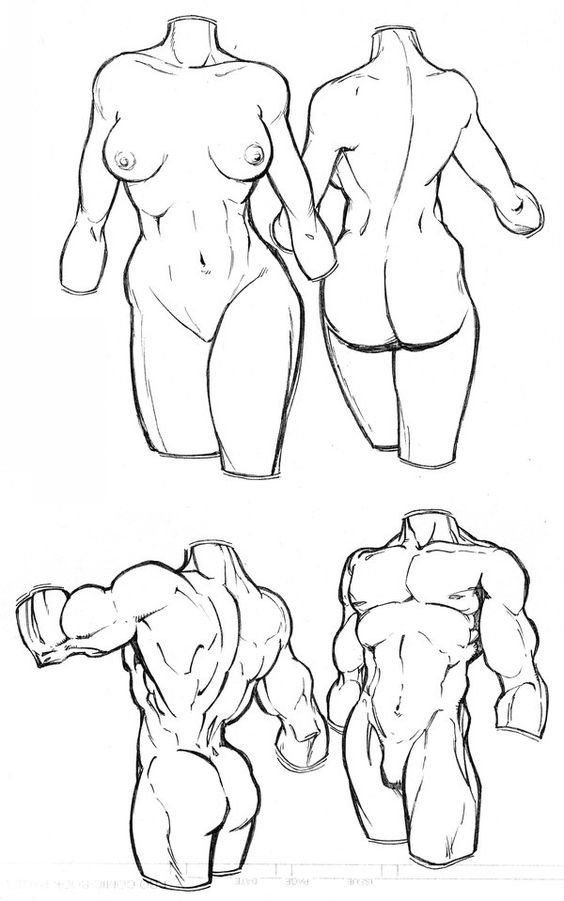
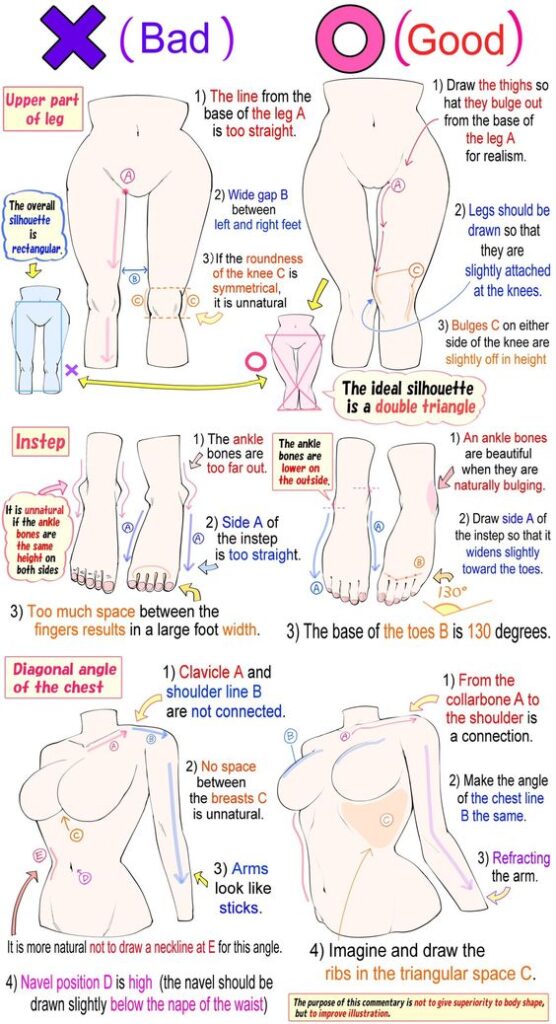
Addressing the diverse representation of body types in art and dance presents several obstacles. By recognizing and tackling biases, as well as fostering inclusive spaces, artists and communities can create a more accepting environment.
Overcoming Preconceived Notions and Bias
Many individuals hold preconceived notions about what body types are deemed beautiful or acceptable. These notions can stem from societal standards and media portrayal, leading to bias.
To combat this, education plays a critical role. Workshops can provide artists with tools to appreciate various body types. Engaging with a broad spectrum of models or dancers helps challenge stereotypes.
Artistic communities should encourage discussions around body diversity. By promoting awareness, they can help dismantle entrenched biases. Celebrating differences leads to richer, more authentic forms of artistic expression.
Avoiding Discrimination and Encouraging Inclusivity
Creating an inclusive environment requires active measures to prevent discrimination. This involves establishing clear guidelines within artistic spaces.
Organizations can benefit from implementing diversity training. Such initiatives promote understanding and respect. Engaging with diverse voices allows for more authentic representation.
Opportunities for collaboration across different body types enhance creativity. It’s essential to elevate body diversity in dance and visual arts. The goal is to communicate that every body is worthy of celebration.
Inclusion fosters a sense of belonging, empowering artists to express themselves freely. A collective effort can lead to positive change, benefiting both creators and audiences alike.
Promoting Body Positivity in Art
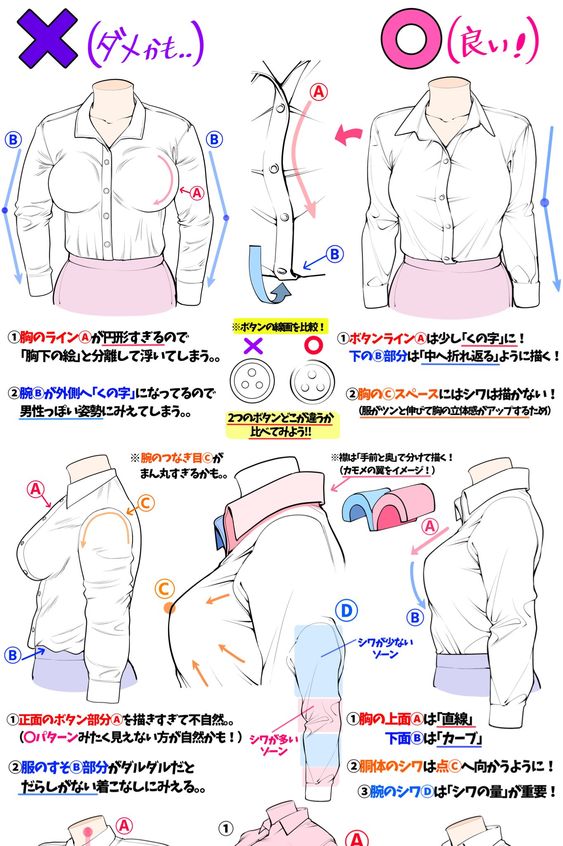
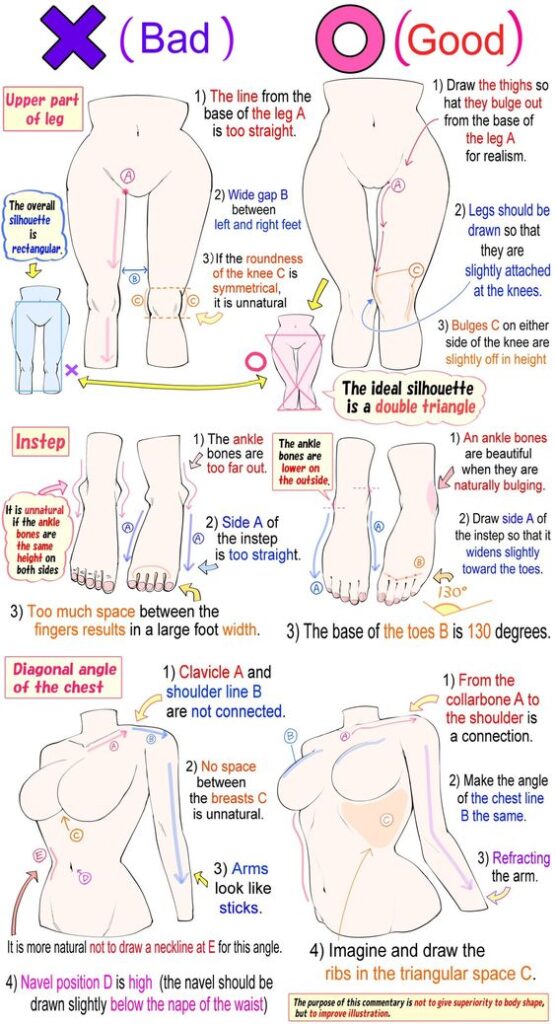
Art serves as a powerful medium for challenging traditional beauty standards and fostering self-expression. By celebrating diverse body types, artists can inspire confidence and create a shift in societal perceptions regarding beauty.
The Role of Beauty Standards and Media
Beauty standards have significant influence, often promoting a narrow view of what is considered attractive. Media outlets play a crucial role in perpetuating these ideals, frequently showcasing a limited range of body types. This restrictiveness can affect individuals’ self-esteem and confidence.
Artists are increasingly opposing these norms through their work. They highlight various forms of beauty, seeking to break down stereotypes. This shift encourages audiences to embrace their own unique bodies, fostering a community that values diversity.
Through exhibitions and social media, artists can reach broader audiences, sparking conversations around body positivity and acceptance. This dialogue is essential for redefining beauty in today’s society, making it far less about conformity and more about authenticity.
Fostering Confidence Through Artistic Expression
Artistic expression can empower individuals by allowing them to see themselves represented in diverse ways. When artists celebrate varied body shapes, they send a message of acceptance, which can resonate deeply with viewers.
Engagement with body positivity art can enhance self-esteem. When people observe artworks that reflect their own experiences or challenges, it can foster a profound connection. This representation assures them that they are not alone in their journey toward self-acceptance.
Moreover, collaborative art projects provide a platform for individuals to share their stories. These narratives facilitate healing and community-building, which are crucial for enhancing confidence. By valuing each body type, art cultivates a culture where everyone feels worthy and celebrated for who they are.
Creative Exploration of Forms and Shapes
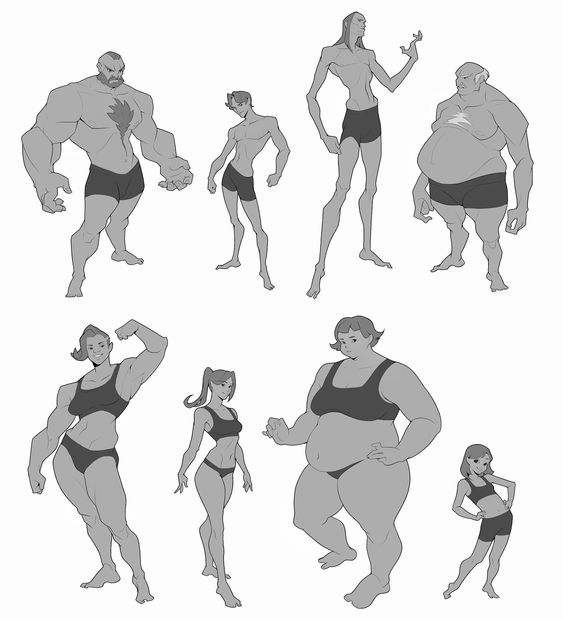

In art, exploring various forms and shapes allows artists to celebrate diversity in body types. By understanding and applying both simple and complex shapes, creators can express individuality and energy in their work.
Simple Shapes to Complex Figures
Starting with simple shapes, artists can build a strong foundation for depicting various body types. Circles, squares, and triangles serve as the building blocks for more complex figures. By manipulating these basic forms, an artist can represent diverse structures, whether curvy, angular, or elongated.
For example, circles might convey a softer, rounder body shape, while squares could depict a more robust or stocky appearance. Artists can then combine these shapes to create dynamic compositions. This layered approach helps to emphasize the unique proportions of each figure, resulting in a striking representation that resonates with viewers.
Accentuating Features with Diverse Proportions
By employing diverse proportions, artists can accentuate features that celebrate individual identities. Different body types reveal unique characteristics, such as height, width, and volume. Recognizing and embracing these variations fosters a sense of inclusivity.
An artist might choose to lengthen limbs, broaden shoulders, or emphasize curves to represent different identities accurately. This artistic choice highlights the beauty of diversity. Using proportion as a tool, the final artwork radiates creativity and energy, encouraging viewers to appreciate the variety in human forms. By focusing on these distinct proportions, artists not only celebrate specific bodies but also inspire others to embrace their uniqueness.
Applying Concepts to Real-Life Applications
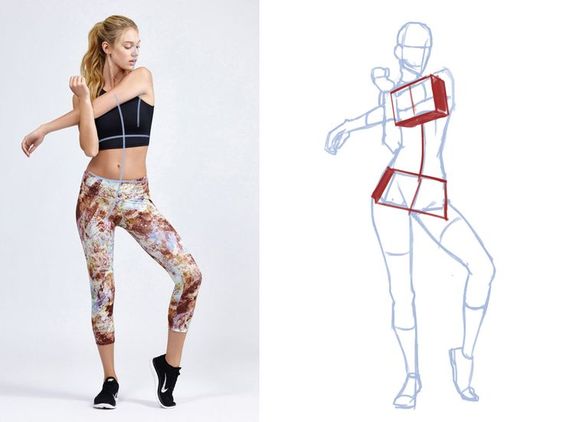

The integration of diverse body types and shapes into artistic expressions can greatly enhance both fashion design and dynamic art forms such as dance. Understanding how to represent various physiques realistically allows artists to celebrate cultural diversity and inclusivity.
Drawing for Fashion and Costume Design
When creating fashion sketches, artists should focus on the unique characteristics of different body types. Each figure can represent a distinctive lifestyle and personality, leading to a more inclusive fashion narrative.
Design elements like silhouette, proportion, and fabric draping should change according to the model depicted. For instance, curvier shapes may require different approaches in sketching than slimmer forms to highlight the individual’s features accurately.
Artists can utilize techniques such as dynamic lines and textural contrasts to bring garments to life. Costumes for theatrical productions can especially benefit from this realism, bridging cultural representation and artistic expression in the industry.
Art in Motion: Capturing Dance and Movement
In the realm of dance, illustrating various body types requires attention to movement dynamics. Artists should consider how different physiques move and express themselves within diverse dance styles.
Representing dancers in action provides insight into their unique strengths and fluidity. For instance, a ballet dancer’s posture differs significantly from a hip-hop dancer’s stance. Artists can employ techniques such as gesture drawing to capture fleeting moments in dance, emphasizing energy and emotion.
Including characters of all dimensions fosters relatability in the dance community. This representation enriches the cultural narrative surrounding dance, allowing individuals to connect with their art form on a deeper level.
Building Your Figure Drawing Skills
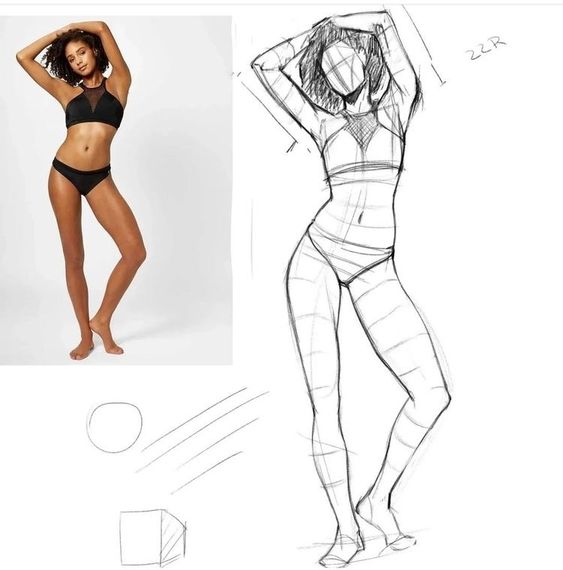
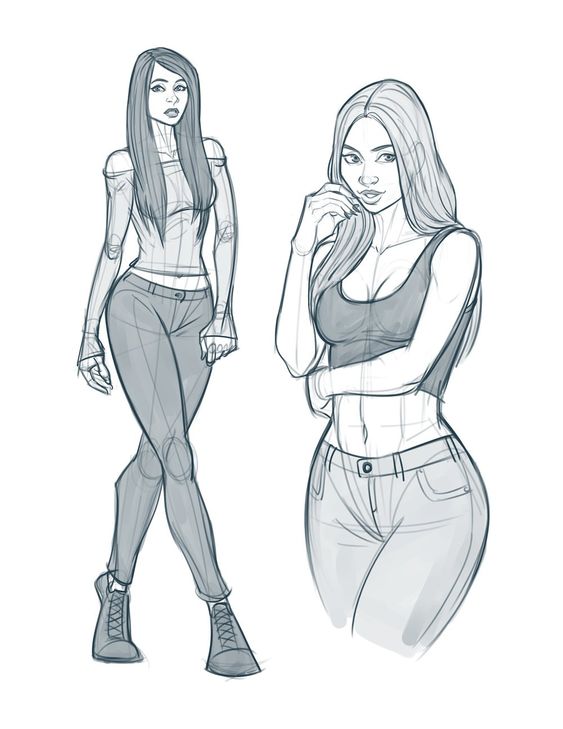
Developing figure drawing skills is essential for artists aspiring to represent diverse body types. Engaging in consistent practice allows an artist to improve technique and gain confidence.
One effective approach is to study dynamic poses. This involves observing how the human body moves and shifts. Artists should focus on capturing these movements to create more lifelike and expressive figures.
Balance plays a crucial role in figure drawing. Understanding where a character’s weight is centered can help in rendering more accurate poses. Artists can utilize simple shapes to establish this balance before detailing the figure.
Creating a mental library of various body types aids in understanding proportions. Artists should regularly sketch different body shapes, including athletic, curvy, and slender forms. This practice enhances their ability to represent diversity accurately.
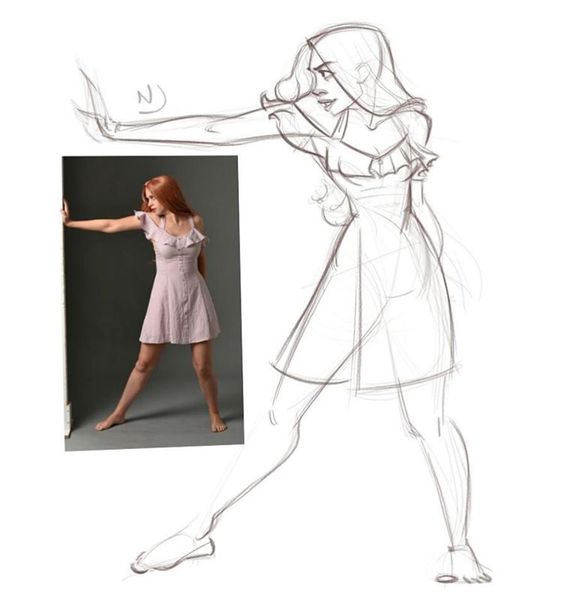
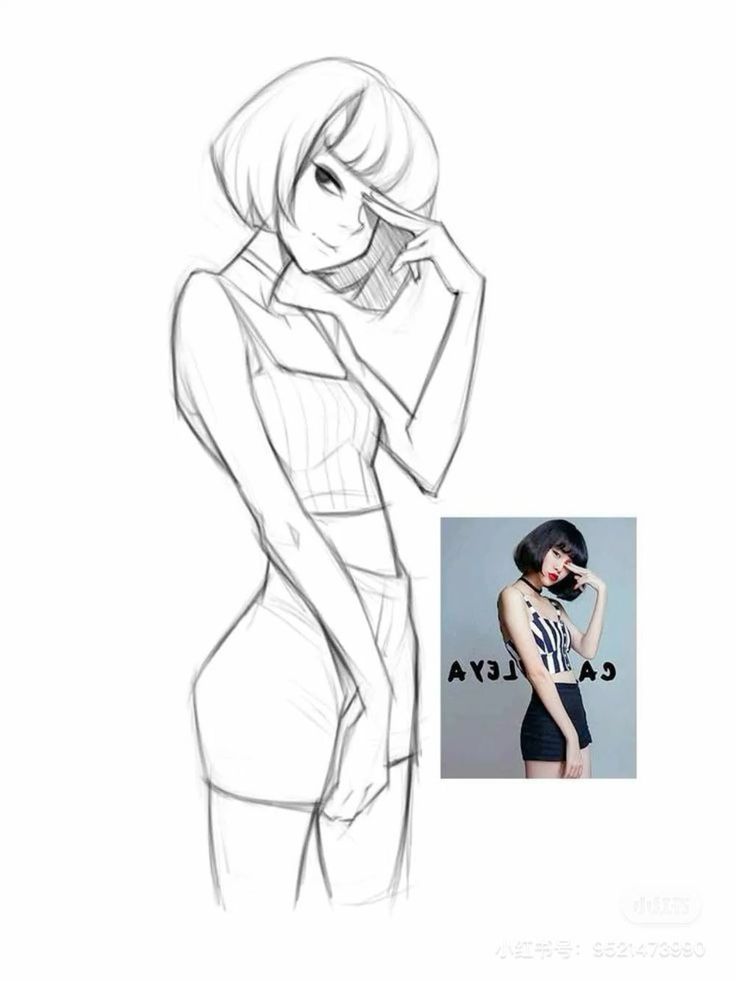
Life drawing sessions can be invaluable. These sessions provide the opportunity to draw real models, allowing for direct observation of nuances in anatomy and posture.
Using a mix of geometric shapes can simplify complex forms. Artists often start with circles, ovals, and rectangles to establish the foundational structure of the body.
Incorporating feedback from peers or mentors can also help refine skills. Constructive criticism enables an artist to identify areas for improvement and develop a unique style.
Through dedication and an open mind, artists can enhance their figure drawing skills and embrace diversity in their work.
- 1.8Kshares
- Facebook0
- Pinterest1.8K
- Twitter0
